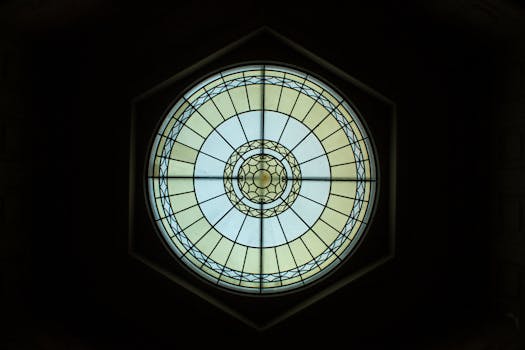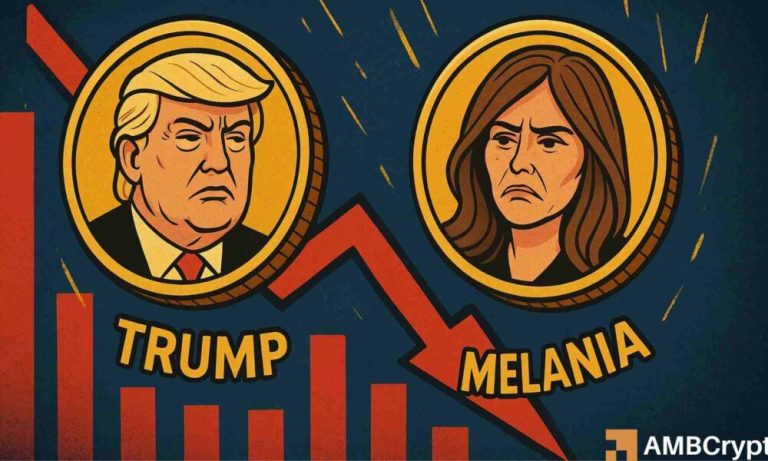
Traveling Through Time: How Europe’s Historical Heritage Shapes Modern Lifestyles in 2025
Traveling Through Time: How Europe’s Historical Heritage Shapes Modern Lifestyles in 2025. Europe, a continent steeped in history and culture, has a unique ability to transport us through time. From the ancient ruins of Greece and Rome to the medieval castles of England and the Renaissance art of Italy, Europe’s historical heritage is unparalleled. But how does this rich history shape modern lifestyles in 2025? In this article, we’ll explore the ways in which Europe’s past continues to influence its present, from architecture to art, cuisine, and beyond.
A Architecture and Urban Planning
One of the most visible ways in which Europe’s historical heritage shapes modern lifestyles is through its architecture and urban planning. Many European cities, such as Paris, Rome, and Barcelona, have preserved their historic centers, with narrow streets, grand piazzas, and iconic landmarks like the Eiffel Tower and the Colosseum. These historic districts are not only popular tourist destinations but also thriving neighborhoods, home to locals, shops, and restaurants. The preservation of these areas has also inspired modern urban planning, with a focus on pedestrian-friendly streets, public transportation, and mixed-use development.
B Art and Culture
Europe’s historical heritage has also had a profound impact on its art and culture. From the masterpieces of the Renaissance to the avant-garde movements of the 20th century, European art has been shaped by its rich cultural heritage. Today, museums like the Louvre, the Uffizi, and the Prado are among the most visited in the world, attracting millions of visitors each year. The influence of European art can also be seen in modern design, fashion, and music, with many contemporary artists drawing inspiration from the continent’s rich cultural legacy.
C Cuisine and Food Culture
European cuisine is renowned for its diversity and richness, with each country and region boasting its own unique flavors, ingredients, and cooking techniques. From the pasta dishes of Italy to the tapas of Spain, the croissants of France, and the fish and chips of England, European food is a reflection of its historical heritage. The continent’s culinary traditions have been shaped by its cultural and geographical diversity, with influences from the Mediterranean, the Atlantic, and the Middle East. Today, European cuisine continues to evolve, with modern chefs incorporating traditional ingredients and techniques into innovative, contemporary dishes.
D Modern Lifestyle and Technology
Despite its rich historical heritage, Europe is also at the forefront of modern technology and innovation. From the tech hubs of Berlin and London to the startup scenes of Paris and Amsterdam, Europe is home to a thriving community of entrepreneurs, inventors, and designers. The continent’s historical heritage has also inspired the development of new technologies, such as virtual and augmented reality, which are being used to preserve and showcase cultural heritage sites. Additionally, Europe’s commitment to sustainability and environmental protection is reflected in its modern lifestyle, with a focus on renewable energy, eco-friendly transportation, and reducing waste.
E Conclusion
In conclusion, Europe’s historical heritage continues to shape modern lifestyles in 2025, from architecture to art, cuisine, and beyond. The continent’s rich cultural legacy has inspired modern design, fashion, and music, while its historical landmarks and cultural heritage sites remain popular destinations for tourists and locals alike. As Europe looks to the future, its historical heritage will continue to play a vital role in shaping its modern lifestyle, from the preservation of its cultural heritage to the development of new technologies and innovations.






